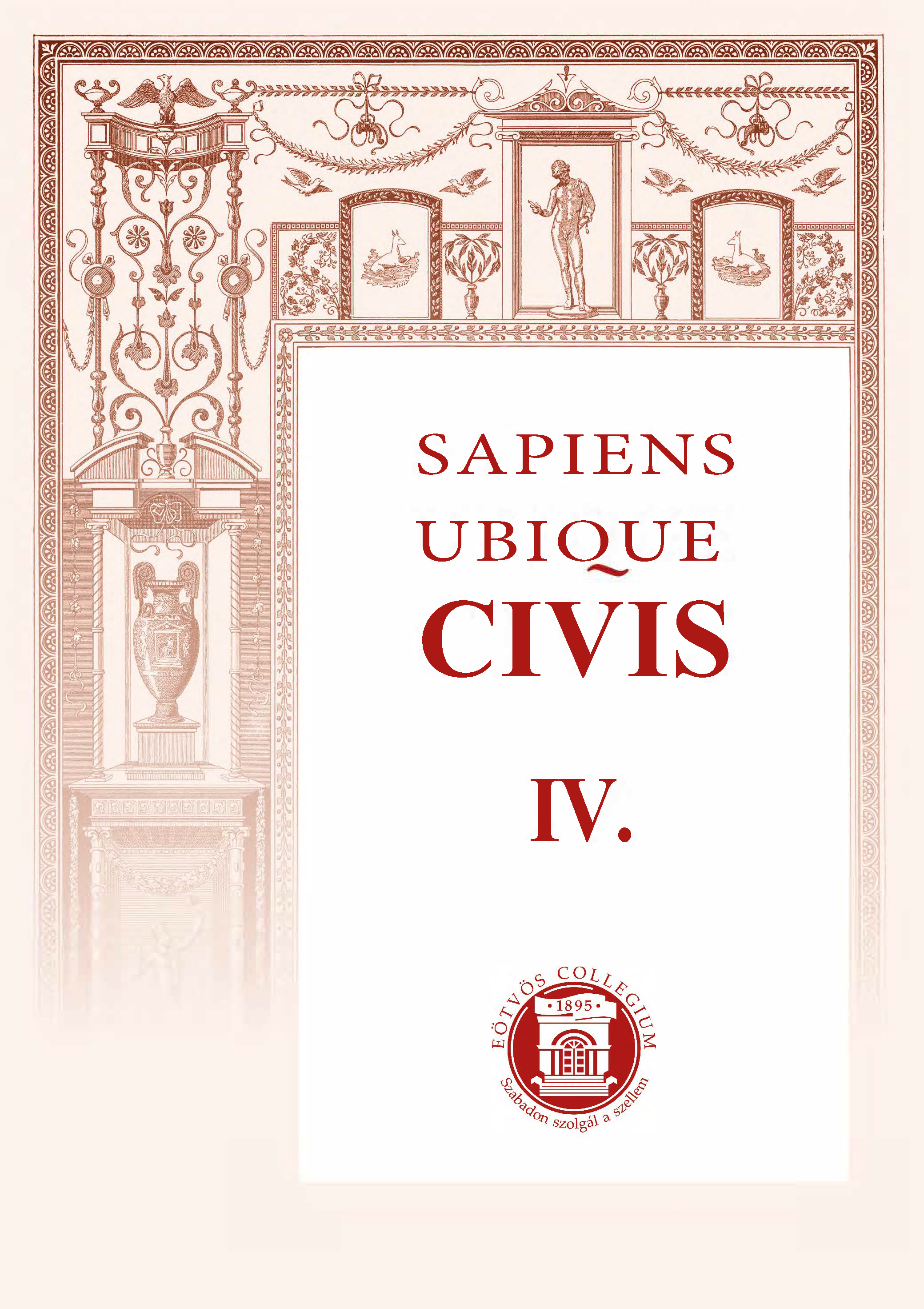Legitimization strategies of Gordian III
Main Article Content
Abstract
The Paper seeks to highlight the legitimisation-strategies of Gordian III by exploring the situation leading up to his reign and his self-representation thereafter. A focal point of this study will be Gordians engagement with his predecessors, mainly his grandfather and uncle Gordian I and Gordian II as well as his former co-rulers Pupienus and Balbinus, additionally we will see how Gordian’s strategy evolved during his comparably long rule for third-century standards. Therefore, two key issues represent the focus of this paper: Firstly, the use of divine ancestry to legitimise Gordian’s rule, essentially represented by epigraphical material mentioning Gordian I and Gordian II who had been divinised by the senate after their death at the hands of the Numidian legate Capelianus. Secondly, Gordian’s propagation of the Persian war in Rome by ritualistic means. The key premise underpinning this study is a break in the continuity of imperial rule after Maximinus Thrax had violently ended the Severan dynasty, and by extension the Antonine monarchy, with the murder of Alexander Severus in 235 AD. As a consequence of this and the chaotic situation of 238 subsequent emperors had to explore new strategies to legitimise their rule, leading to experimentation and reform. Gordian III perfectly exemplifies the issue that divine ancestry alone was not enough to legitimise one’s position as emperor, rather it became increasingly necessary to combine ancestry with competence, personal deeds and virtue to make a convincing case for one’s rule.

